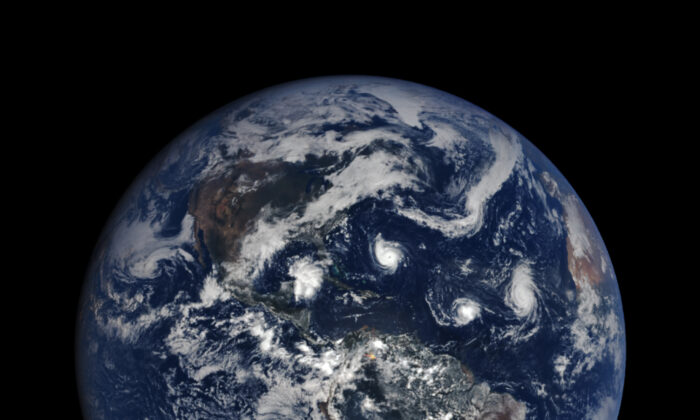Commentary
We have been living through a time filled with fears of impending doom. The threats of nuclear war, climate catastrophe, societal collapse, and pandemics have loomed over us. However, now we can see the end of these apocalyptic scenarios on the horizon.
The concept of “the end of the world” has been sensationalized throughout history, yet it has become dull with each iteration. The once terrifying notion has lost its grip on us as we have become desensitized to it.
We are witnessing the decline of a globalist, totalitarian movement, largely unnoticed by the majority of the world’s population. This particular “end of the world” has been unique in its rapid spread and intensity, fueled by advances in technology and society’s inclination towards fear over hope.
The industrial revolutions and societal transformations of the 20th century paved the way for a new era of warfare and social patterns. Totalitarian movements like Napoleon’s early form of total war planted the seeds for future conflicts on a global scale.
The 20th century saw the rise and fall of Nazism, Soviet communism, and the Chinese Communist Party’s globalist movement. As the momentum of these movements waned, so did their influence on global society.
What lies ahead after the collapse of the CCP-led globalist agenda remains uncertain. Nationalist movements are gaining momentum in response to the weakening of globalist forces, leading to a shift in the balance of power.
The battle between globalists and nationalists continues, resulting in conflict and compromise in Western societies. As this era draws to a close, a new period of reconstruction and revived nationalism is on the horizon.
As the global population decreases, there will be a shift in trade and economics.
We can already see the beginnings of this new era.
Disclaimer: The views expressed in this article are the opinions of the author and do not necessarily reflect the views of The Epoch Times.





